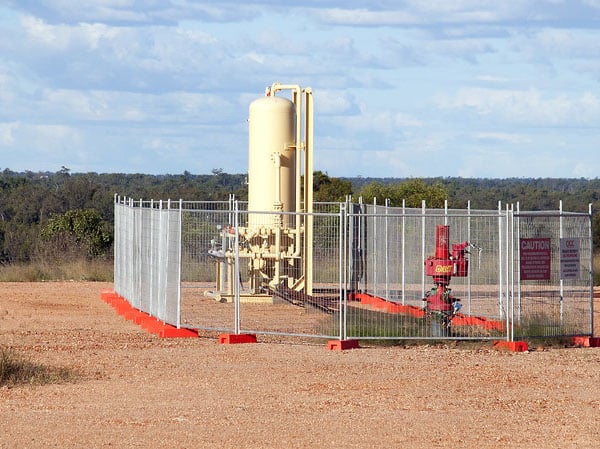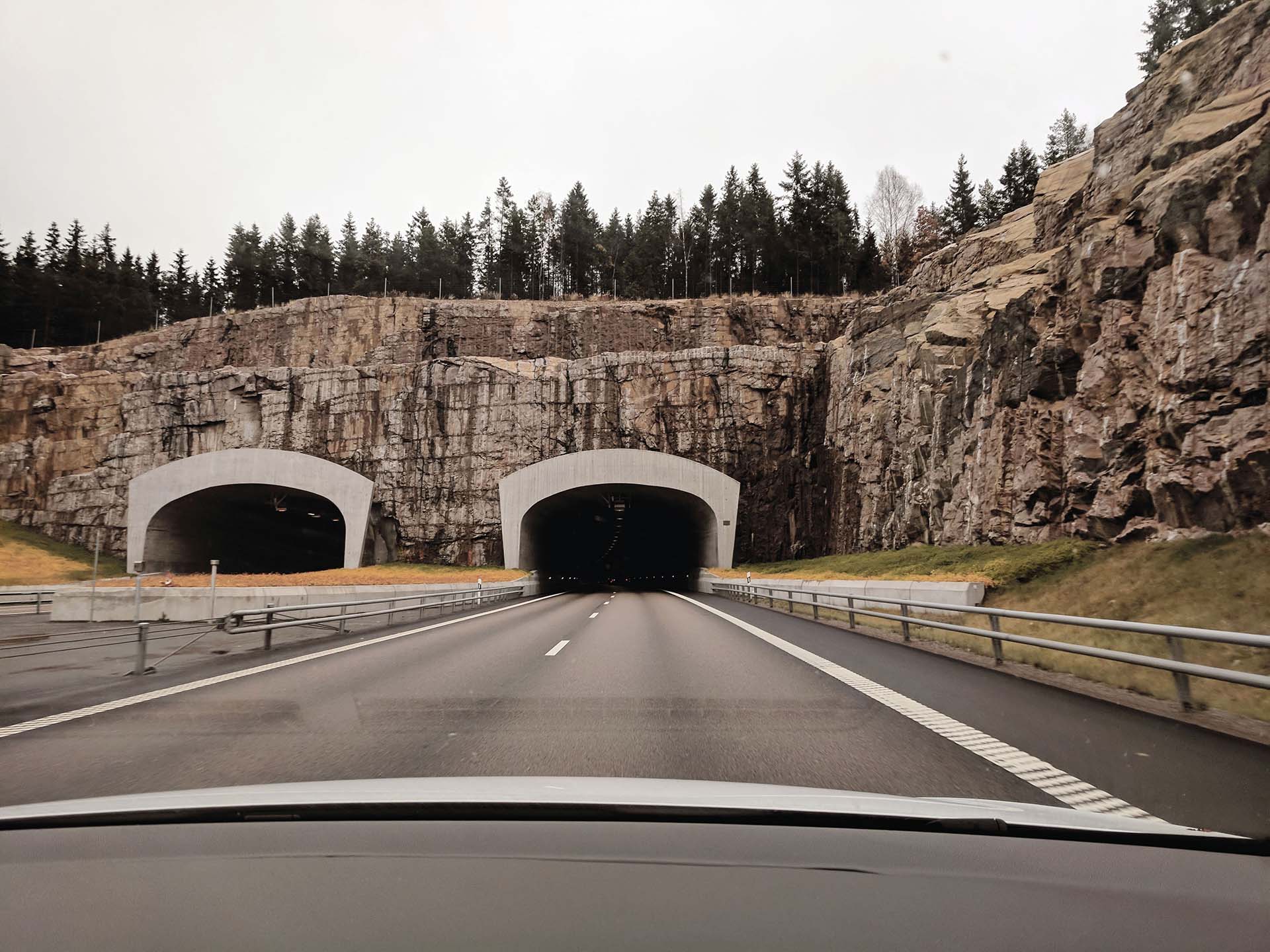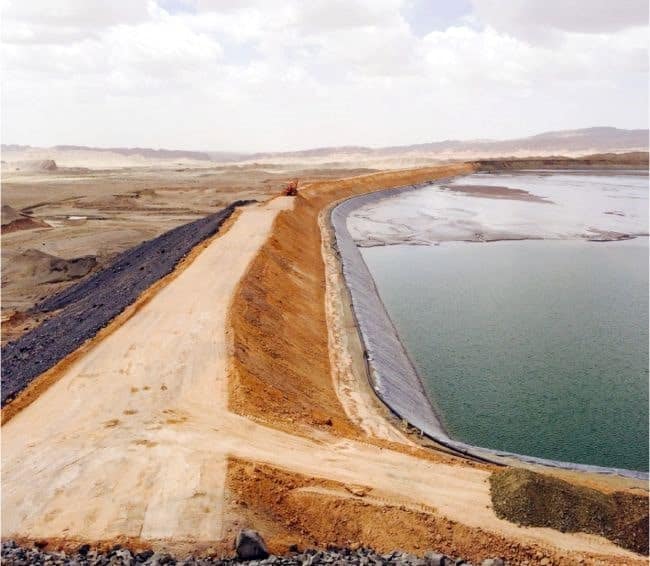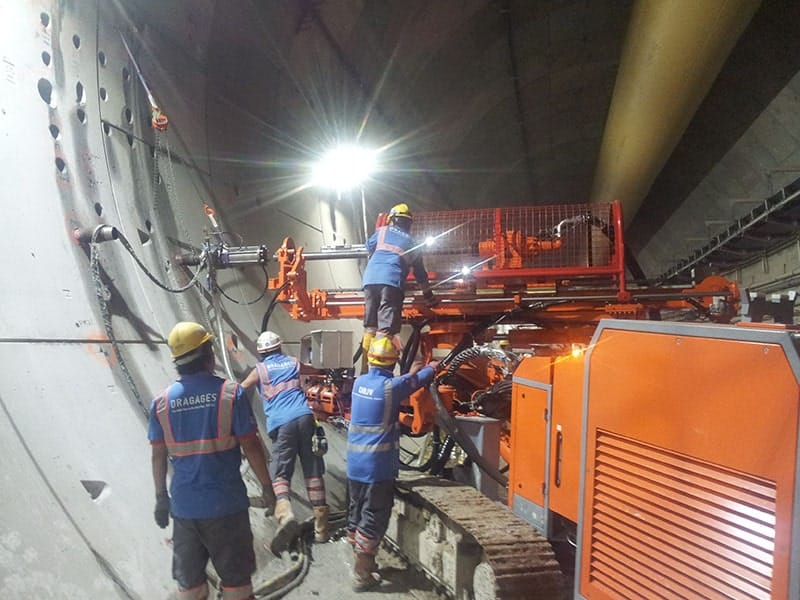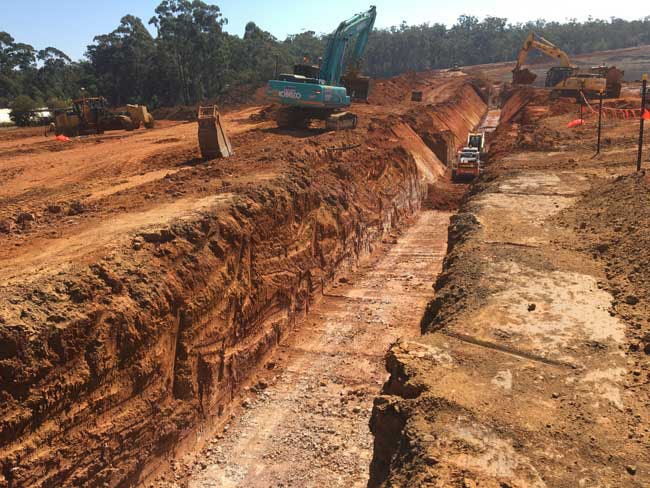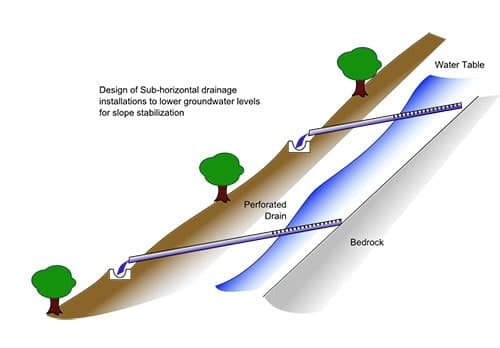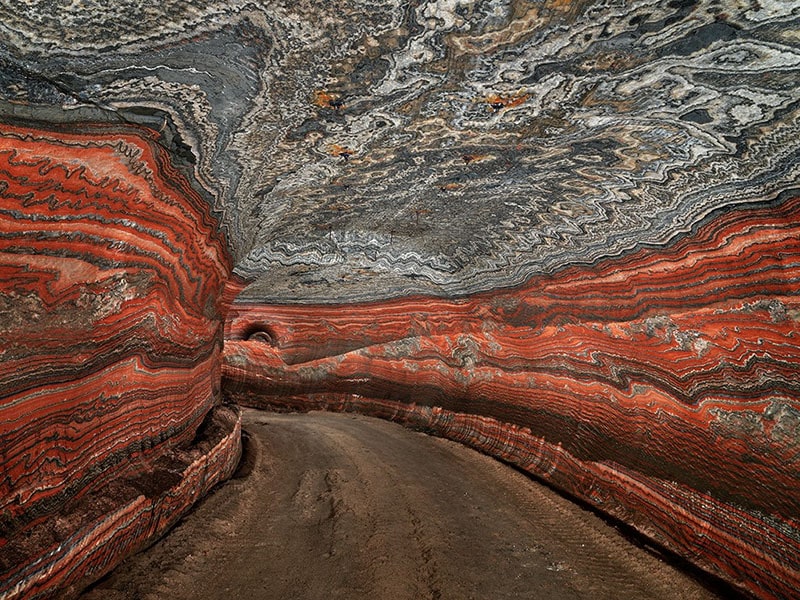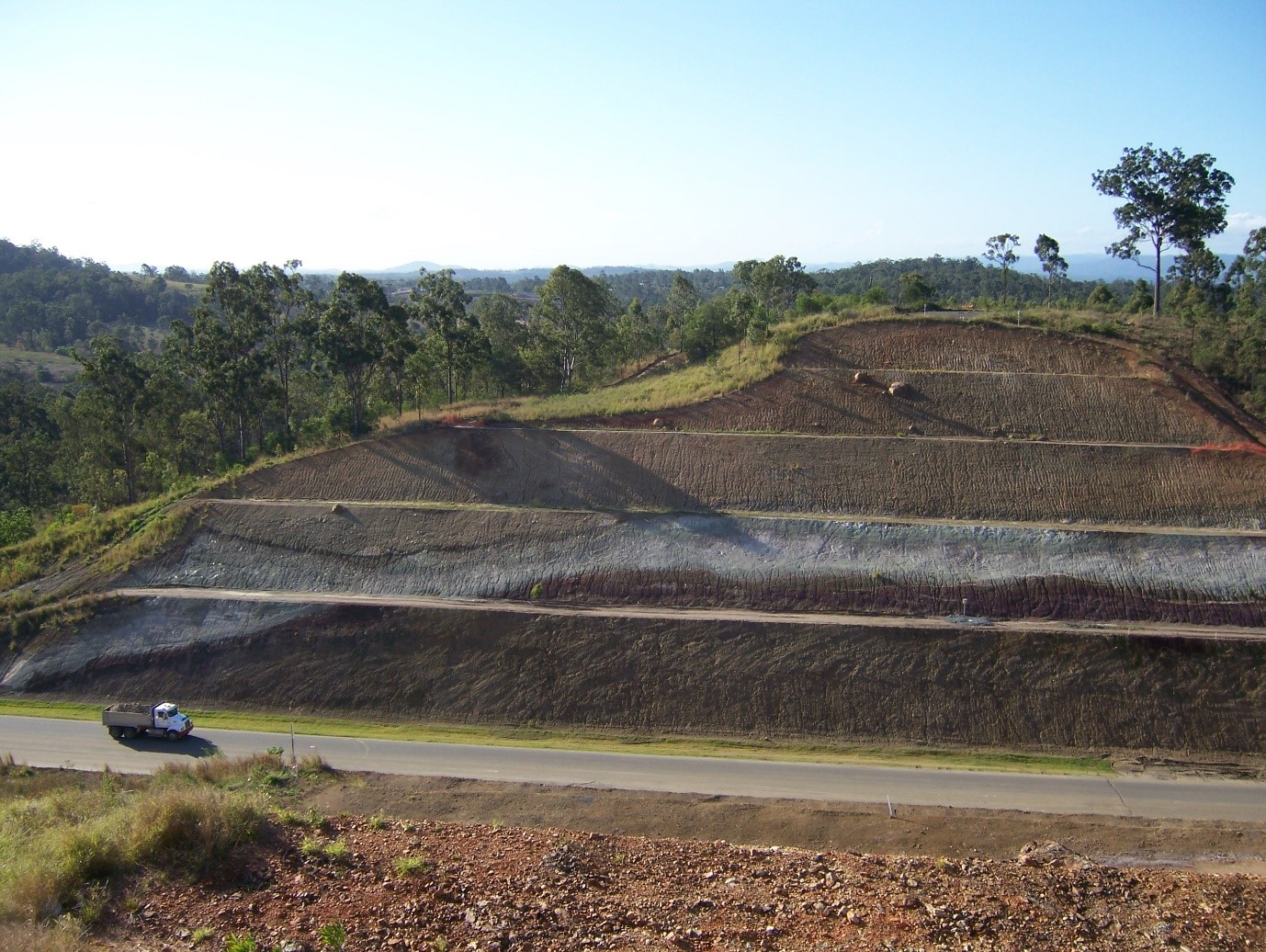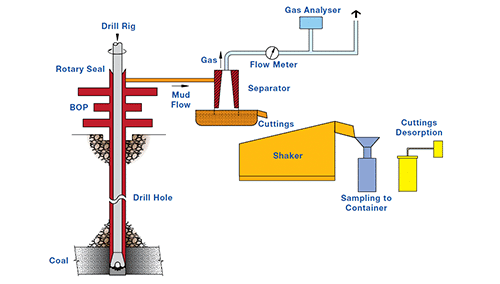Coal frequently contains complex structure at the level of the core. This is important from the viewpoint of how this affects permeability and in determining whether the coal will fragment in an outburst situation.
The degree of potential fragmentation in an outburst is determined by the pre-existing structural features within the coal. The coal may be in the form of gouge material in a fault in which case the outburst risk is extreme. However, outbursts may also occur in coals which on casual examination appear to be solid. Detailed examination of polished surfaces may reveal a pattern of pre-existing fractures on which the coal may dilate to form void space which pressurises, and then disintegrate in an outburst event.
Examination of the frequency and nature of the fracturing is also important from the viewpoint of permeability. If it is open it indicates pathways for fluid flow. If it is filled then it will block flow. The nature of the fill is also important. It may be fine coal created by shearing, clays, carbonates or bitumen.
Sigra undertakes examination of core or lump coal in three orthogonal planes to determine the structure within the coal.






